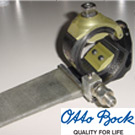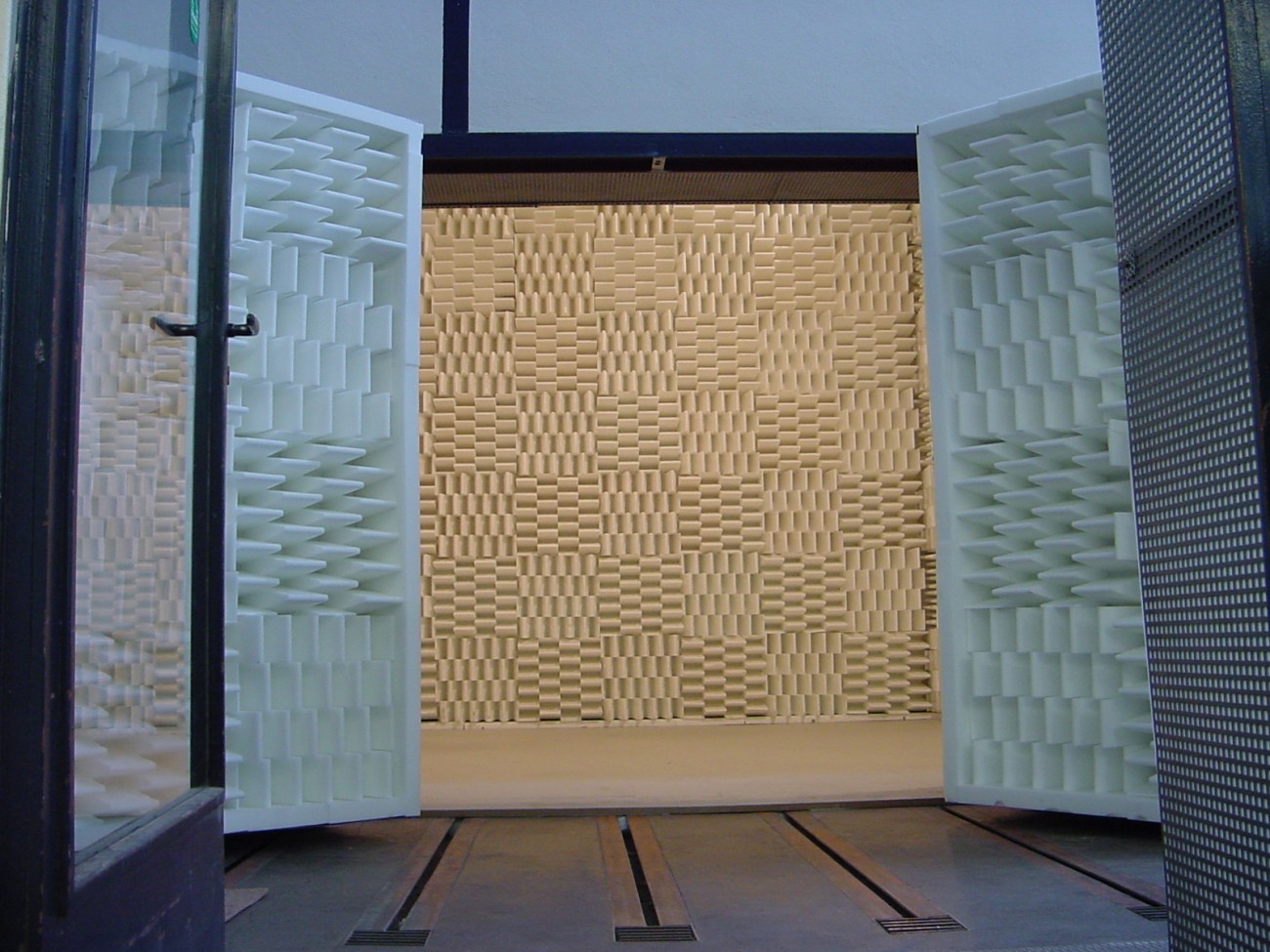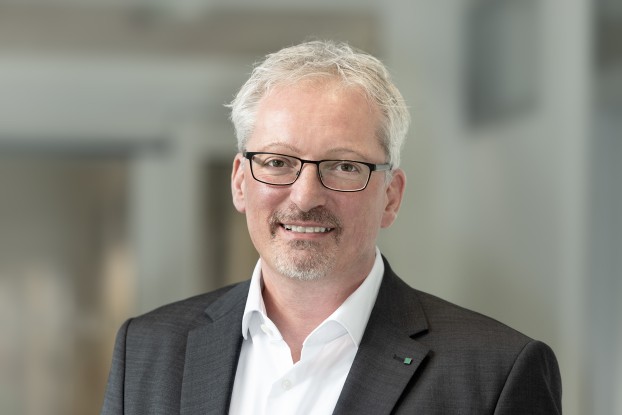The Active Prosthetic Leg

Project between the research group SzM and the Otto Bock Health Care company
The scientific and technical cooperation between the Otto Bock Health Care Company and the Research Group SzM spent time on the idea of an active prosthesis with improved biomechanical properties. Through the use of adaptive systems, the properties of prostheses can be adjusted to the patient’s individual needs.
The research has focused on three different parts of the prosthetic leg. By means of adaptive systems, the behavior of the prosthesis can be varied according to the patient’s requests.
The Energy Harvesting Concept
The possibility of providing the prosthetic foot with active parts depends on the available energy. A part of the kinetic and potential energy flow during stance is converted in electric energy by means of a piezoceramic actuator. Making use of the direct piezoelectric effect, a piezoceramic stack actuator located in the shank of the prosthetic leg converts the mechanical energy in electric energy. By means of a suited switch, this energy is then directed to an accumulator for a further use.
The active knee-joint
The dynamic of the whole prosthetic leg depends strongly on the dynamic of its lower part. The knee-joint plays a key role, especially for the stability of the prosthetic leg at heel strike up to the beginning of the swing phase. Two different concepts for a new knee-joint have been investigated. Both make use of a piezoelectric stack actuator able to drive the hydraulic components of the knee-joint and to change its properties.
The active foot
The deformed shape of the plantar spring of the prosthetic foot during stance plays an important role for the walking comfort. Depending on the gait velocity and on other parameters, the shape assumed by the foot can be different from the optimum. A first concept based on the deformation of elliptic springs provides a change of the bending stiffness of the plantar spring in order to adapt the foot properties to the changed boundary conditions. A further analysis of this concept has led to a new plantar spring, for which the variation of the bending stiffness occurs by controlling the deformed shape of the plantar spring. In both cases the pressure of the hydraulic medium enables the change of the stiffness properties of the foot.


